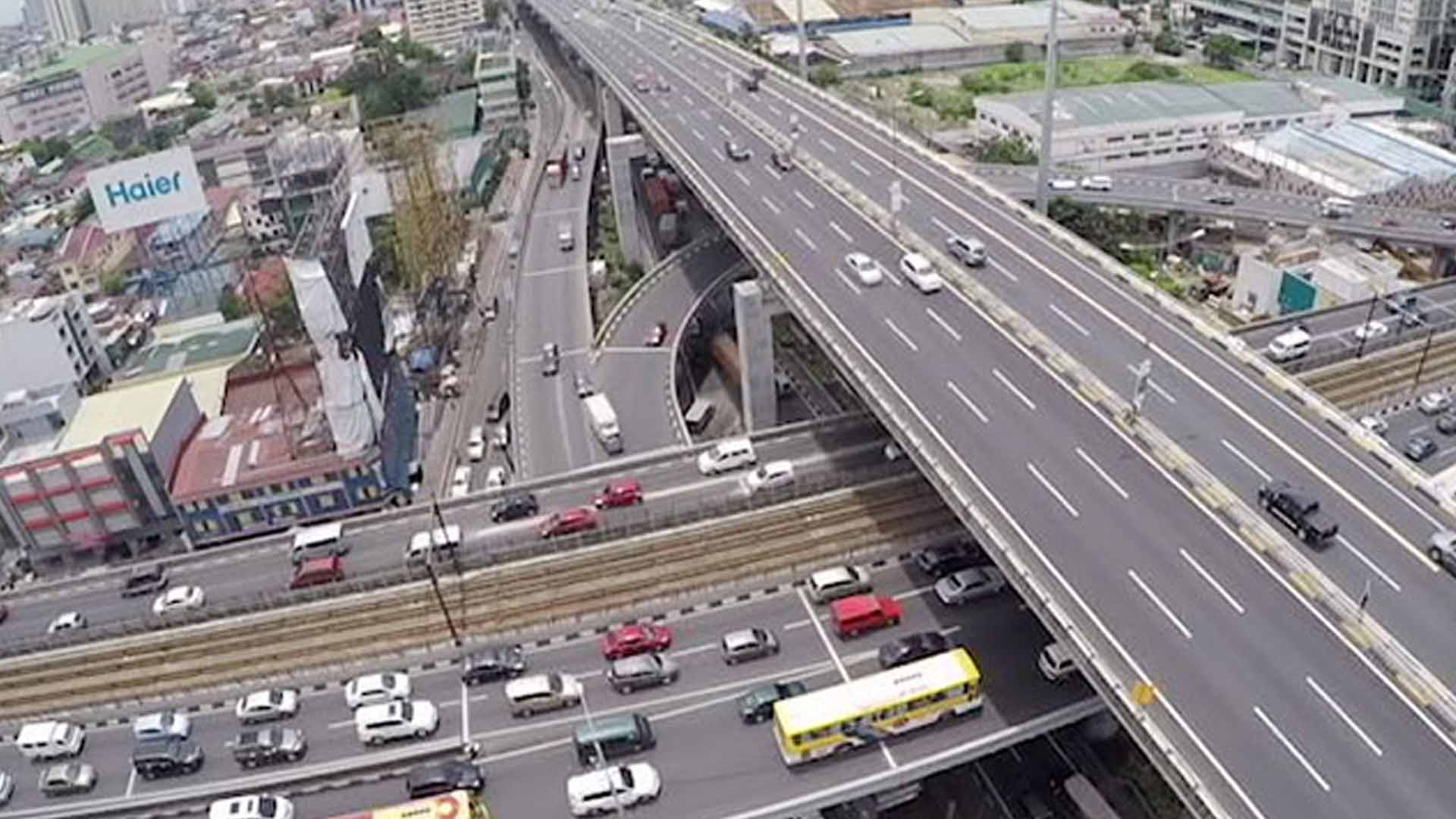The government’s ambitious infrastructure programme, commonly referred to as “Build, Build, Build”, has got off to a slow start. It was launched in 2017 with the aim of modernising the country’s crumbling infrastructure within six years, utilising a combined investment of P8trn (US$154.4bn). However, by late 2019 only 2 out of 75 projects have been completed. Bureaucratic hurdles and a lack of technical expertise are among the reasons for the delay. The focus has now shifted towards a public-private partnership (PPP) model. The Economist Intelligence Unit maintains its view that the authorities will struggle to complete the bulk of its infrastructure agenda before the next presidential election in 2022.
In September the president, Rodrigo Duterte, appointed Vivencio B Dizon as his presidential adviser for the flagship infrastructure programme. Mr Dizon had earlier led a successful project to convert former military bases for civilian use.
Since his appointment as adviser, Mr. Dizon has initiated a revision of the list of infrastructure projects. The new list, revealed in early November, comprises 100 large projects, including regional airports and projects in information and communications technology, water, power and urban renewal. According to Mr Dizon, some of the projects added to the list are based on unsolicited proposals and others will be tendered under the PPP model.
Achilles’ heel
Underdeveloped infrastructure is the economy’s Achilles’ heel, with persistently low inflows of foreign direct investment (FDI) largely blamed for infrastructure bottlenecks. The World Bank’s Logistics Performance Index for 2018 ranks the Philippines’ infrastructure at 66th out of 160 countries, well behind its regional competitors for FDI: China, Indonesia, Thailand and Vietnam.
Metro Manila (the capital region) suffers from extreme traffic congestion, and export shipments and inbound tourism have been seriously impeded by inadequate port and airport infrastructure respectively. Adequate sewerage systems are lacking across the country, and Metro Manila and nearby provinces have been facing a water crisis, with millions of residents currently preparing for rotational service interruptions.
The economic impact from underdeveloped infrastructure is significant. For instance, according to estimates for 2018 from the Japan International Co‑operation Agency, the worsening traffic in Metro Manila costs the Philippine economy P3.5bn (US$67.6m) daily in missed economic opportunities and unnecessary expenditure related to congestion, up from P2.4bn in 2014.
The factors responsible
While the existing infrastructure is overburdened by the effects of population and economic growth, the reasons for the slowness of the infrastructure programme are manifold. At the ministerial level, high-profile infrastructure investment pledges by the Chinese government materialised at a languid pace; by late 2019 only three projects, totalling US$178.2m, have commenced. This is despite the fact that Mr Duterte secured pledges worth US$24bn on his visit to the Chinese capital, Beijing, in 2016.
The Department of Finance has attributed this to three factors: China’s initial insistence on using its own currency, the renminbi, for disbursements, rather than the US dollar; China’s demand that most work be given to Chinese contractors; and China’s unwillingness to co‑operate with other lenders. Meanwhile, overseas development aid (ODA) from Japan, which is the Philippines’ largest source of such funding, has to undergo a lengthy technical evaluation and public consultation processes in order to conform to Japan’s stringent legislative requirements.
Among other ministerial impediments was the delayed passage of the fiscal budget for 2019 and a mandatory public work ban that was put in place in the run-up to mid-term elections in May. This led to a year-on-year drop of 4.2% in infrastructure spending by the government in January-September 2019. Similarly, imports of iron and steel—major inputs in the construction sector—slumped by an average of 25.6% in the first eight months of the year compared with January-August 2018.
At the local level, projects suffer from the inherently exhaustive process of resident relocation, a dearth of technical expertise at local-government level and a lack of skilled workers, such as excavator operators. The latter shortage is explained by the thousands of such workers who prefer more lucrative employment in the Middle East.
Ways out
The flagship infrastructure programme was initially meant to be funded through the General Approbations Act (GAA; 67%), PPP (18%) and ODA (15%). Excise taxes, including those on petroleum products, were raised in 2017 to contribute to the GAA, which led to a prolonged period of high inflation. Meanwhile, construction work has been exacerbating traffic gridlock in Metro Manila. As a result, Mr Duterte is under considerable pressure to deliver a marked improvement before the 2022 election, when he expects his daughter, Sara Duterte-Carpio, to take over the presidency.
We believe that Mr Dizon’s appointment will lead to more infrastructure projects being executed through PPP, because such projects tend to be implemented more quickly than those financed by GAA and ODA. Agreements are already in place for the Cebu-Cordova Link Expressway, the longest bridge to connect two islands in the Philippines, as well as the Clark International Airport Expansion.
Nevertheless, the shortage of local expertise and skilled workers, as well as red tape, such as constitutional limitations on foreign ownership of public utilities, work in the opposite direction, so there will be no quick fixes to the bottlenecks that plague the infrastructure programme. Even the National Economic and Development Authority (NEDA) has projected that by the end of Mr Duterte’s term in 2022, only 21 of the flagship projects will have been completed. All of the signs indicate that the next government will inherit the need to fight this uphill battle.




















